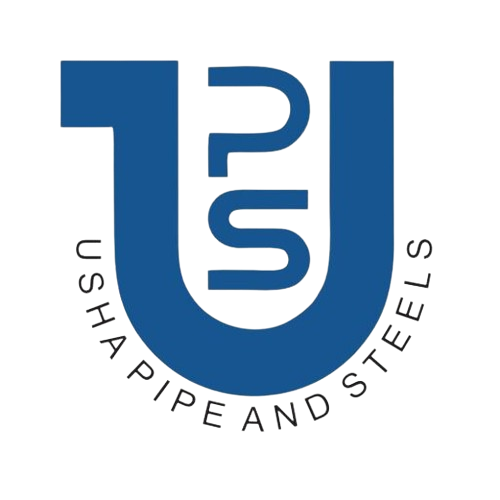I-Beam
- Home
- I-Beam
Product Description
An I-beam, also known as an H-beam or universal beam, is a structural steel shape with a cross-section resembling the letter “I” or “H.” It is one of the most widely used structural shapes in construction and engineering. The design of an I-beam provides high strength along its horizontal axis (flange) and excellent load-bearing capacity.
Uses of I-Beam
- Building Construction
- Bridges & Overpassses
- Railroad & highway
- Support Columns
- Aircraft Hangers
Construction
I-beams are extensively used in the construction of buildings, both residential and commercial. They serve as essential components for supporting the structure, forming the framework for floors, roofs, and walls.
Bridges & Overpasses
I-beams are employed in the construction of bridges and overpasses, providing the necessary structural support for spanning distances and supporting heavy loads.
Railroad & Highway
I-beams are utilized in the construction of railroad tracks and highway structures such as tunnels and retaining walls. They provide support and stability in these infrastructure projects.
Support Column
I-beams are commonly used as vertical support columns in various structures. Their shape allows for efficient weight distribution and load-bearing capacity.
Aircraft Hangers
In the construction of aircraft hangars, I-beams are used to create large open spaces, supporting the roof structure and providing flexibility for the storage and maintenance of aircraft.
Benefits of I-Beam
I-beams, also known as H-beams or W-beams, offer several advantages in construction and engineering applications due to their unique shape and structural properties. Here are some key advantages of I-beams:
- High Strength-to-Weight Ratio: I-beams have a high strength-to-weight ratio, meaning they can support substantial loads while being relatively lightweight. This makes them efficient and cost-effective in various structural applications.
- Uniform Strength Along the Beam: The design of I-beams ensures a uniform distribution of strength along the length of the beam. This results in a structure that can bear loads evenly across its span.
- Efficient Use of Material: I-beams are designed to optimize the use of materials, minimizing waste and providing a cost-effective solution for structural support. The shape of the beam allows for efficient use of steel or other materials.
- Versatility in Structural Design: I-beams are versatile and can be used in a wide range of structural configurations, making them suitable for various applications such as building construction, bridges, industrial facilities, and more.
- Ease of Fabrication: I-beams are relatively easy to fabricate and can be produced in various sizes to meet specific project requirements. This ease of fabrication contributes to their widespread use in construction.
- Excellent Load-Bearing Capacity: The I-shaped cross-section of the beam provides excellent load-bearing capacity, making I-beams suitable for supporting heavy loads over long spans. This is particularly advantageous in applications like bridges and industrial structures.
- Resistance to Bending and Twisting: The I-beam’s design gives it inherent resistance to bending and twisting forces, providing stability and structural integrity. This is crucial in situations where the beam needs to withstand dynamic loads or external forces.
- Cost-Effective Construction: Due to their efficiency in material usage, ease of fabrication, and excellent load-bearing capabilities, I-beams contribute to cost-effective construction solutions.
- Adaptability to Different Materials: I-beams can be manufactured using various materials, including steel, aluminum, and composite materials, allowing for flexibility in choosing the right material for specific applications.
- Durability and Longevity: I-beams, typically made from durable materials like steel, offer longevity and resistance to corrosion, ensuring the stability and safety of structures over an extended period.
Look Product Weight Chart
Proudly deals in




